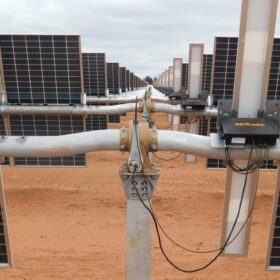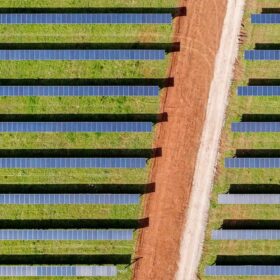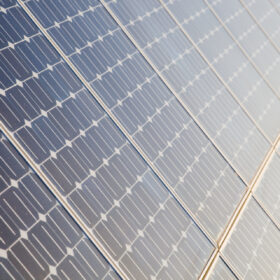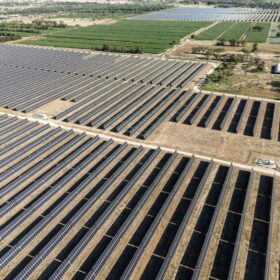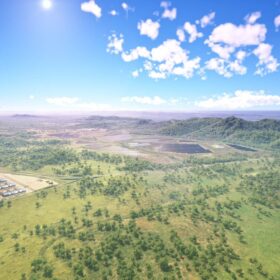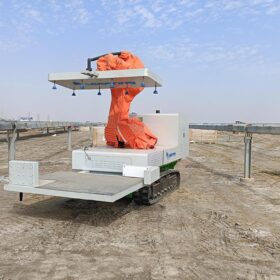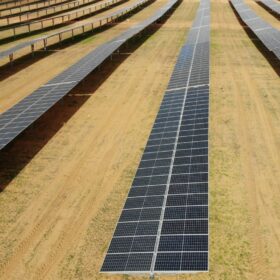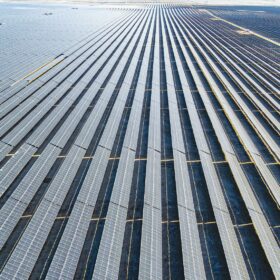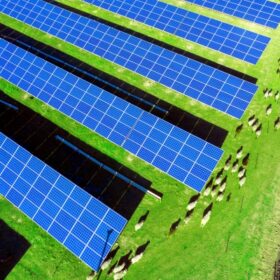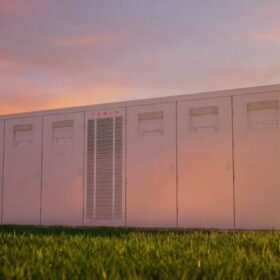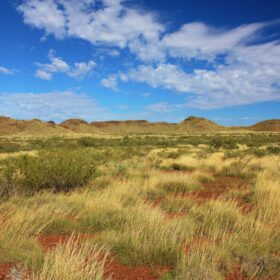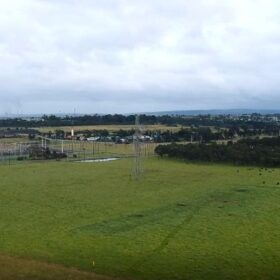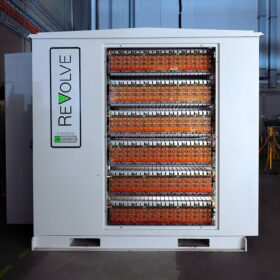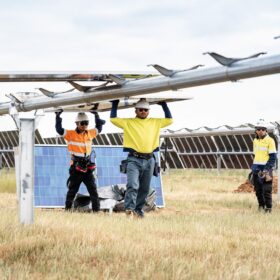Pacific pushes ahead with solar and batteries for off-grid system
A 26 MW hybrid power system being constructed at a remote New South Wales mine site has knocked out another milestone with developer Pacific Energy confirming the power conversion units are all in place and about 50% of the solar farm electrical works have been completed.
ACEN proposes agrisolar project in New England renewable energy zone
Acen Australia is proposing to develop a 320 MW agrisolar and 1,400 MWac two-hour battery storage system project in the New England renewable energy zone with a potential lifespan of 50 years.
NSW solar farms lead way for large-scale generation
Solar farms in New South Wales led the way for Australia’s utility scale PV energy output in January, generating 929 GWh of renewable electricity to drive all Australian large-scale PV and wind generation up 12% on the same time last year.
Pressurised water cleaning can improve solar generation efficiency by 10%
Researchers in China have investigated the dust-scaling process and various water-based cleaning methods to optimise maintenance strategies for enhanced safety and efficiency in solar systems.
Potentia backs Cohuna upgrade to deliver improved solar farm
Rebranded renewables developer Potentia Energy expects an “improved” Cohuna Solar Farm will recommence generating in the coming weeks after a more than 10-month hiatus that has allowed for an extensive upgrade of the Victorian renewable power plant.
Queensland ends support for 3 GW green hydrogen project
Plans to develop a 2.88 GW green hydrogen production facility near Gladstone on the central Queensland coast are in serious doubt after the state government announced it will not commit funding to the $12.4 billion project.
Leapting rolls out PV module-mounting robot in Australia
Leapting will soon deploy a solar module-mounting robot at an Australian project, saying the automatic installation speed of the AI-driven machine can reach one panel per minute, delivering an estimated 30% reduction in installation costs on utility scale solar projects.
TotalEnergies seeks green tick for 320 MW solar and battery project
French energy company TotalEnergies is seeking Australian government approval to develop a 320 MW solar farm and 320 MW / 780 MWh battery energy storage system in the New England region of New South Wales.
Future clean energy investments stalled by outdated national electricity market
Clean Energy Investor Group research finds the national electricity market is an outdated design – built for an era of coal and gas – and hinders investment in modern large-scale energy projects like wind, solar, and batteries.
202 MW New Zealand agrisolar project reaches financial close
The Harmony Energy and First Renewables joint venture have approved the final investment and successfully completed financial close on the 202 MW Tauhei Solar Farm on Aotearoa New Zealand’s North Island.
